Porto - Bishop's Palace and Luis I Bridge
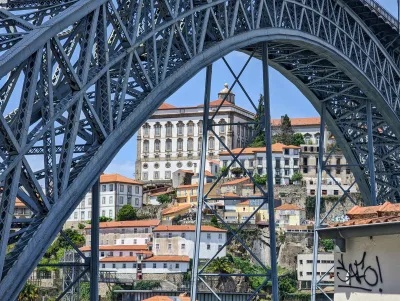
Looking through the arch of Porto's famous Dom Luis I bridge and to the Episcopal Palace beyond. The double decked metal bridge has a lower level for cars and upper level for trains and spans 172 metres across the River Douro. Completed in 1886 it forms the backdrop to Porto's Ribeira district.
The Paço Episcopal (Bishop's Palace) is the former residence of the bishops of Porto. Positioned just in front of the cathedral it dominates the UNESCO World Heritage Site skyline.
Onboard the Number 1 Tram - Porto
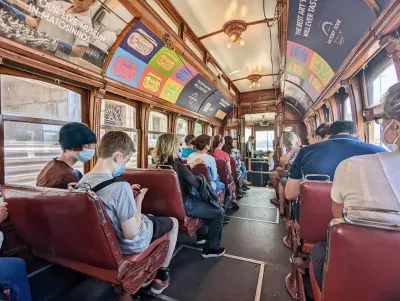
On board Porto's number 1 tram. This tram route runs along the northern bank of the Douro from downtown Porto to the Foz district. It's a great way to take in a few sights, such as the Arrabida bridge and enjoy a little history - these trams date back to the 1930s and have changed little.
The fare is actually quite pricey if you just buy a ticket on the the tram. However, it becomes fairly inexpensive if you have a travel card - which is why you still see some locals on here outside of peak tourist times.
Porto Ribeira view from Gaia
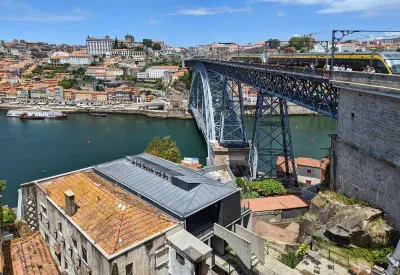
View across the River Douro towards Porto's Ribeira district from the Vila Nova de Gaia side. This iconic view takes in some of the city's most famous sights starting with the Dom Luis bridge.
Across the river, the lower section is the Ribeira - Porto's tourist centre. Moored in front is one of the cruise boats that take visitors up the Douro Valley. Atop the hill, the large building is the Bishop's Palace and you can just make out the towers of the cathedral behind.
Bolsa Palace from Praca Infante Dom Henrique
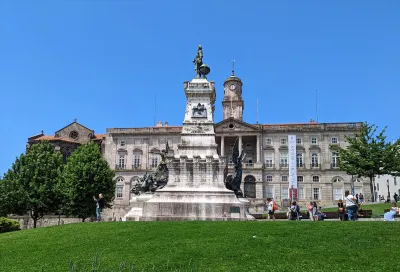
A view of Porto's Palácio da Bolsa with the monument to Infante Dom Henrique in the foreground. Erected in 1894, the monument is the work of Tomás Costa. It celebrates Henry the Navigator (Infante Dom Henrique) and the voyages of Discovery upon which Portugal's empire was built.
Inside a Porto Tram
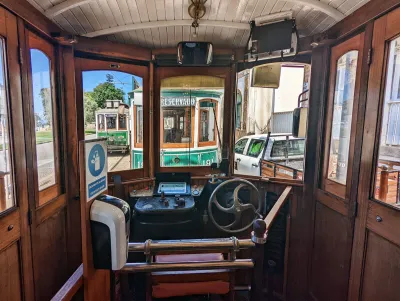
A drivers eye view of one of the Porto trams. This is on the number 1 route at Foz do Douro.
These trams really are living antiques with the majority of the current rolling stock dating back to the 1920s and 1930s with the oldest being built by the J. G. Brill Company of Philadelphia.
Porto Tram - Electric Car 274
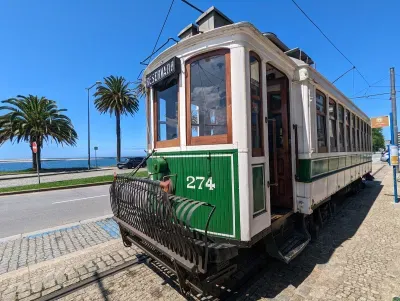
Electric Car 274 - seen here in Foz do Douro. This is/was one of the trams which ran the number 1 route from Passeio Alegre to Infante along the northern bank of the Douro River.
The tram was built in the early 1900s by the British United Electric Car Company and for this reason is sometimes known as the "English" car. It began operating in Porto in 1909 but is now semi-retired as part of the Porto Tram Museum (Museu do Carro Eléctrico) collection.
Escadaria Entre-Quintas - Porto

Another section of the Escadaria Entre-Quintas, a little lane that winds up from the riverside in Porto to Cedofeita district of the city. Looking at this little slice of rural life it is hard to imagine you are only moments from the chaos and bustle that are Portugal's second city.
The name means stairway between farms and this still holds true to a small extent. To one side are what look like allotments, while to the other is the old Quinta da Macieirinha - an old farm/manor house which is now the city museum.
Old TB sanotorium - Foz do Douro
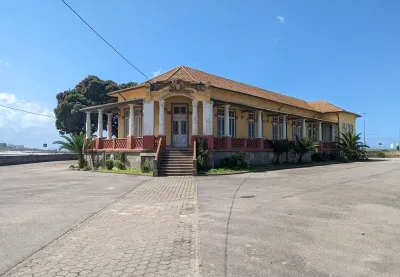
Once a tuberculosis sanatorium this fairly ornate building seems quite out of place in an empty corner of Foz do Douro. I believe that at some point after it was decommissioned as a sanatorium it became a primary school, which would explain to some extent why it sits in a large patch of asphalt - presumably once a playground.
Fountain in Jardim do Passeio Alegre - Foz
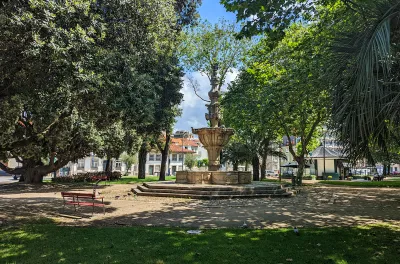
Set within the Jardim do Passeio Alegre in Foz do Douro is this old fountain. It was designed in the18th century by the celebrated architect Nicolau Nasoni but only moved here in the 1860s. It's original location is uncertain although there is some suggestion it was part of the old Convent of Sao Francisco in downtown Porto.
Escadaria Entre-Quintas - Porto
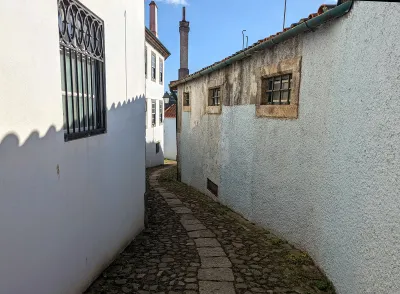
Part of the Escadaria Entre-Quintas, a little lane that winds up from the riverside to the city museum and Crystal Palace. The name translates as stairway between farms, albeit upmarket farms. One of the quintas is Quinta da Macieirinha the house of which is home to the museum.